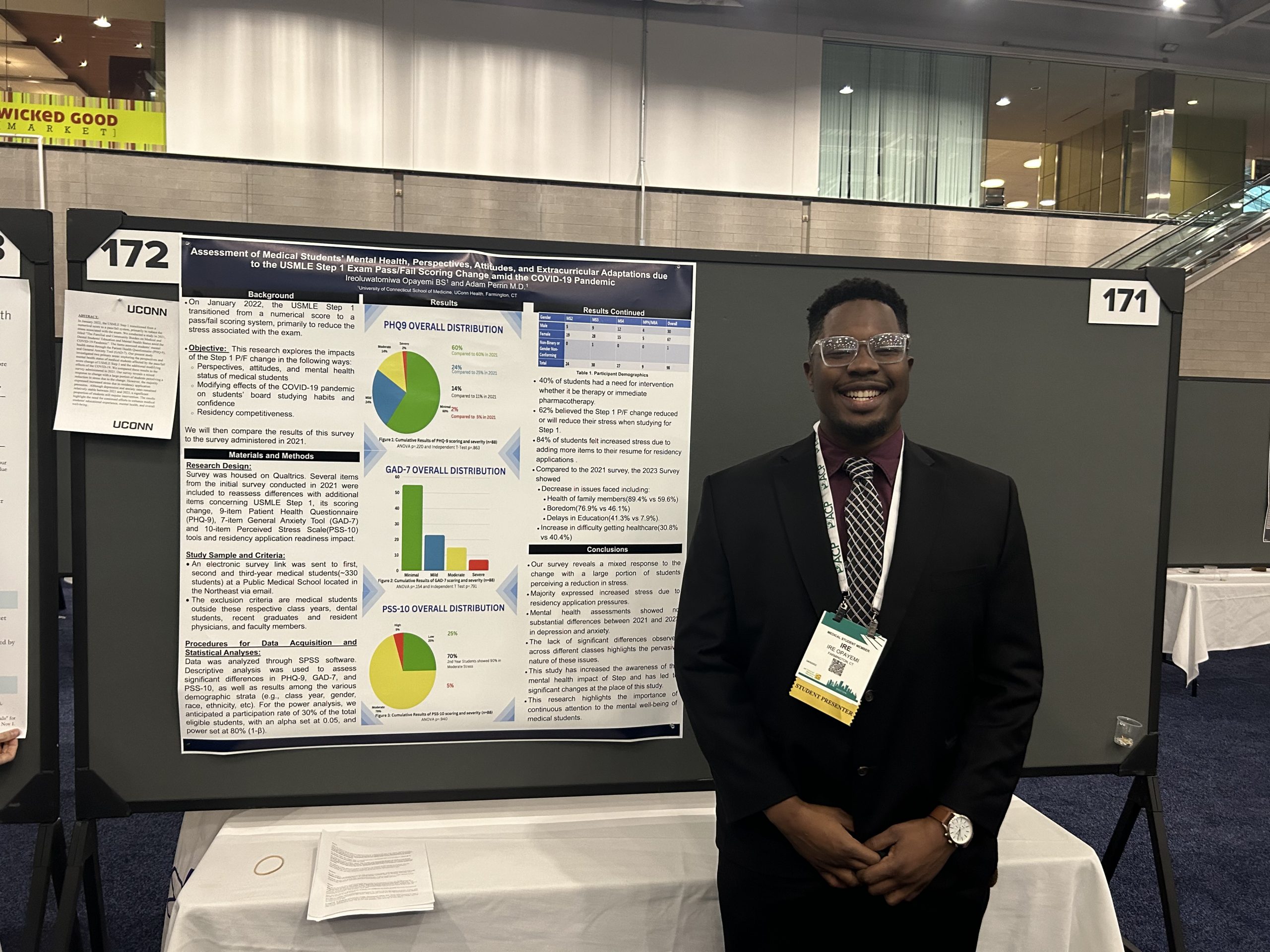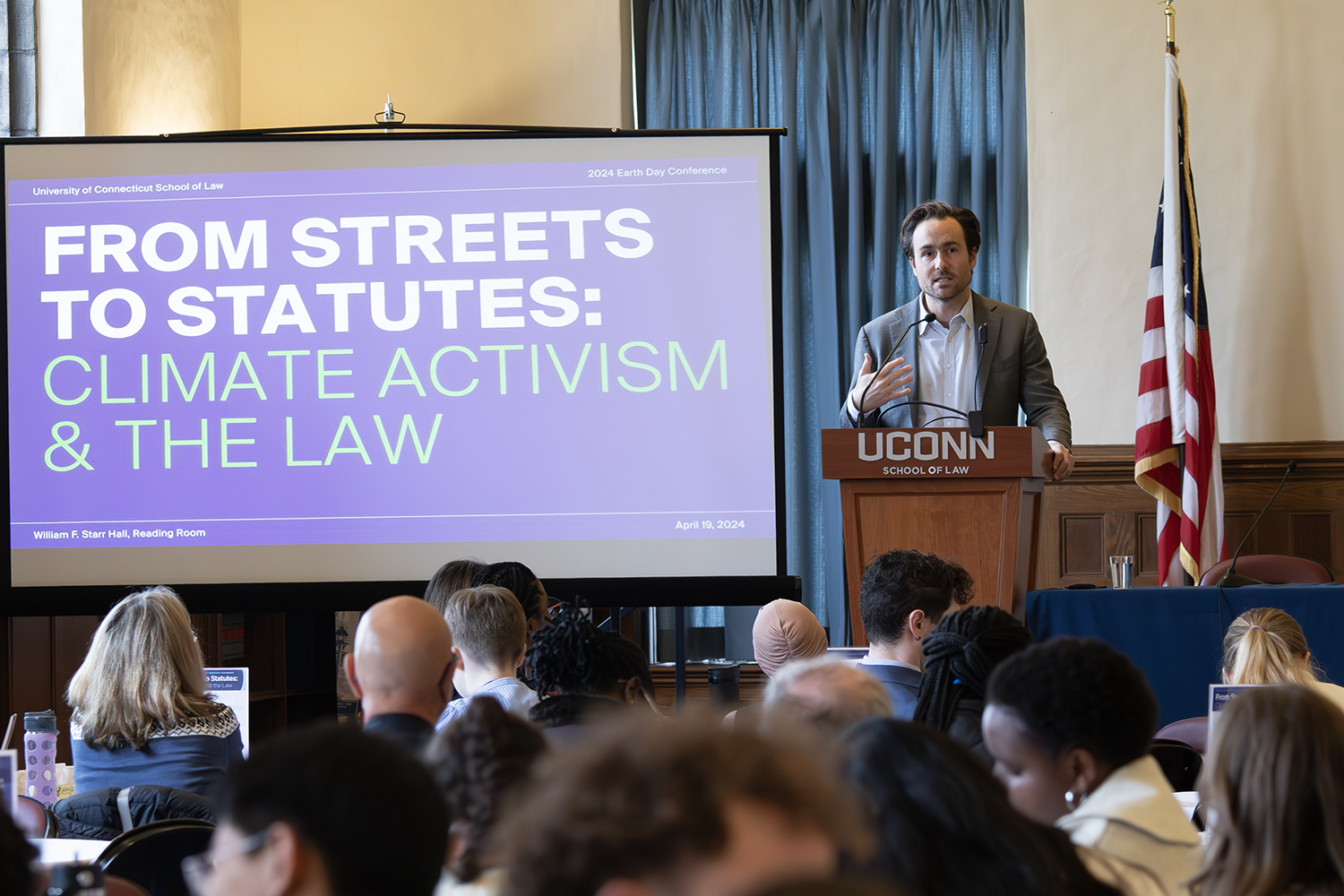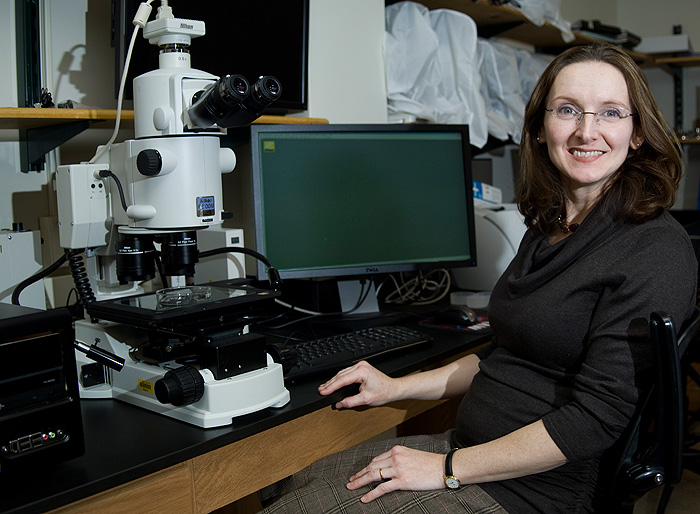
Alexia Smith, an assistant professor in the Old World Archaeology group in the anthropology department in the College of Liberal Arts and Sciences, has won a rare prize in her field – a National Science Foundation CAREER award.
While CAREER awards, designed to advance the careers of young faculty members, are more common in fields such as chemistry or biology (CLAS currently has six active CAREER awards), to date there have been only two others given in archaeology to any institution, according to the NSF.
Smith will use her five-year award of more than $400,000 to conduct archaeobotanical studies at six established archaeological sites in the Middle East – in Syria, Turkey, and Armenia.
Archaeobotany – the study of archaeological plant remains – is a fairly new field that began in the 1960s. Smith estimates there may be only five or six archaeobotanists from U.S. institutions working on Old World excavations in the Middle East and Southeast Asia, and says even that may be an overestimate.
Her NSF award will help establish UConn as one of the few places in the U.S. where archaeobotanists train. Archaeobotanists are now in high demand at archaeological sites. Their work tells about how societies functioned as humans changed from being hunter-gatherers to farmers and as food production became the basis of economic and social power.
Her research will focus on agricultural production from about 6000 to 550 B.C. – between the Ubaid period and the Iron Age – at the six Middle East sites. She is interested in how food production was affected by the environment and how it related to the economy and social organization of these early civilizations.
Smith’s interest in archaeobotany encompasses an interest in climate change, too. Some archaeologists have theorized that changes in climate – including a post-glacial rise in sea level and increased aridity in Southwest Asia – influenced the collapse of fledgling empires and caused shifts in centers of power.
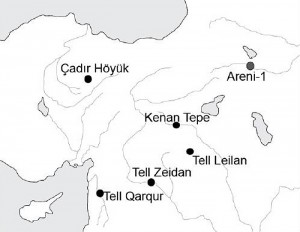
The six sites in her study – three in Syria, two in Armenia, and one in Turkey – are environmentally diverse and will provide a wide range of plant data to help test this theory.
Among the things she’ll study are what plants were grown and how. If there were a lot of weeds at a site (a problem as common then as now), it may show that irrigation was used. If plants grew tall, it may suggest how they were harvested.
Dung fuel remains may show other things, such as where animals were sent out to pasture. If certain plants were concentrated in one area of a site, it may show anything from patterns of social inequality – certain classes of people had access to certain foods – to how a society arranged its activities. The ecological requirements of plants can tell something about what conditions were like at a site.
Agricultural patterns can also show how people adapted to a climate shift.
From 20 liters of sediment, about a one-foot by one-foot cube of material – she can glean a lot of plant and preserved seeds that tell a story.
“You don’t just analyze them in isolation. It’s very much linked to archaeology,” she says.
At some sites, flotation can be used to gather samples. Sediment is placed in water in an oil drum – a low-tech operation well suited to some archaeological sites. Charred seeds will float to the top. Material from 20 liters of sediment can be reduced to a container the size of an old film canister. Smith can then bring the samples back to Storrs, freezing the specimens for a week to kill any insects, and examine them in her lab in a very high tech way, using a Nikon AZ100 microscope acquired last year by the Old World Archaeology program through a UConn equipment grant competition.
The samples are compared with an extensive reference collection of seeds and plants specimens and a botanical library of the Middle East that Smith has created in her lab.
Having that equipment, along with laboratory support from the CLAS Dean’s Office, and several other internal grants, significantly strengthened her proposal to the NSF, she says.
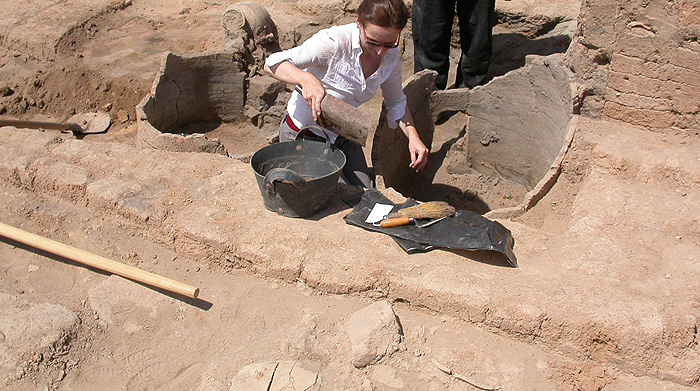
At the Areni site in Armenia, she will collaborate with an Armenian archaeobotanist who will come to Storrs as a research scholar, participating in Smith’s class in archaeobotany and lecturing. The Armenian site gained attention last summer when the world’s oldest known leather shoe was found. Nathan Wales, a Ph.D. candidate in Smith’s group, has been examining grape DNA from Areni at an ancient DNA lab to determine whether grapes were domesticated at the site; Areni is thought to have been the site of some of the earliest wine production.
Smith’s research project will provide fieldwork and dissertation topics for a number of Ph.D. students, as well as study abroad fieldwork opportunities for undergraduates.
Part of her project will be to develop an educational program, in collaboration with John Settlage, associate professor of science teacher education in the Neag School of Education, to train K-12 science teachers to develop course materials about the early Middle East and its importance in history as the first site of state-level societies.
“This is much needed, given the misrepresentations of the Middle East prevalent in the media today,” she wrote in her grant proposal.
Archaeobotany will play a pivotal role in gaining greater understanding of the sites uncovered by archaeologists and how the societies there functioned, says Smith, who is also one of this year’s fellows of the UConn Humanities Institute in CLAS.
“Understanding the agriculture is key to understanding the development of an entire site,” Smith says, “and, I would go so far as to say, an entire society.”
